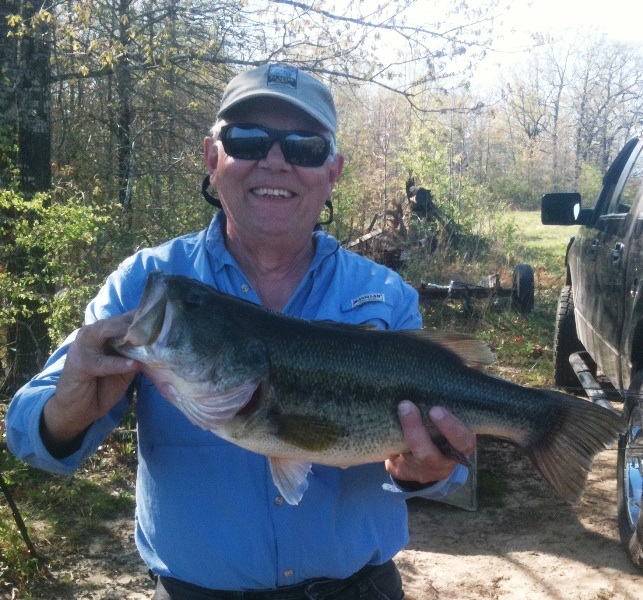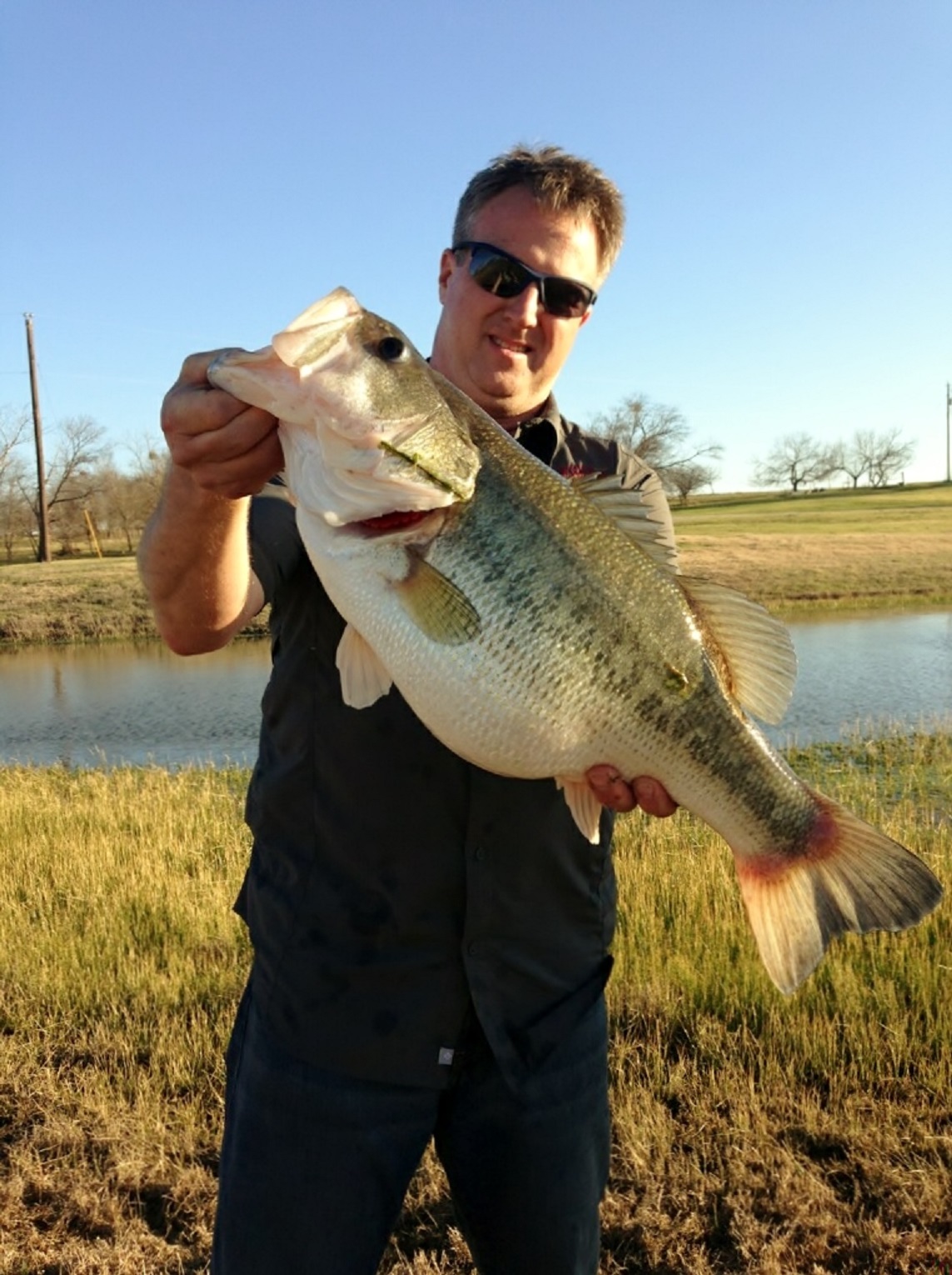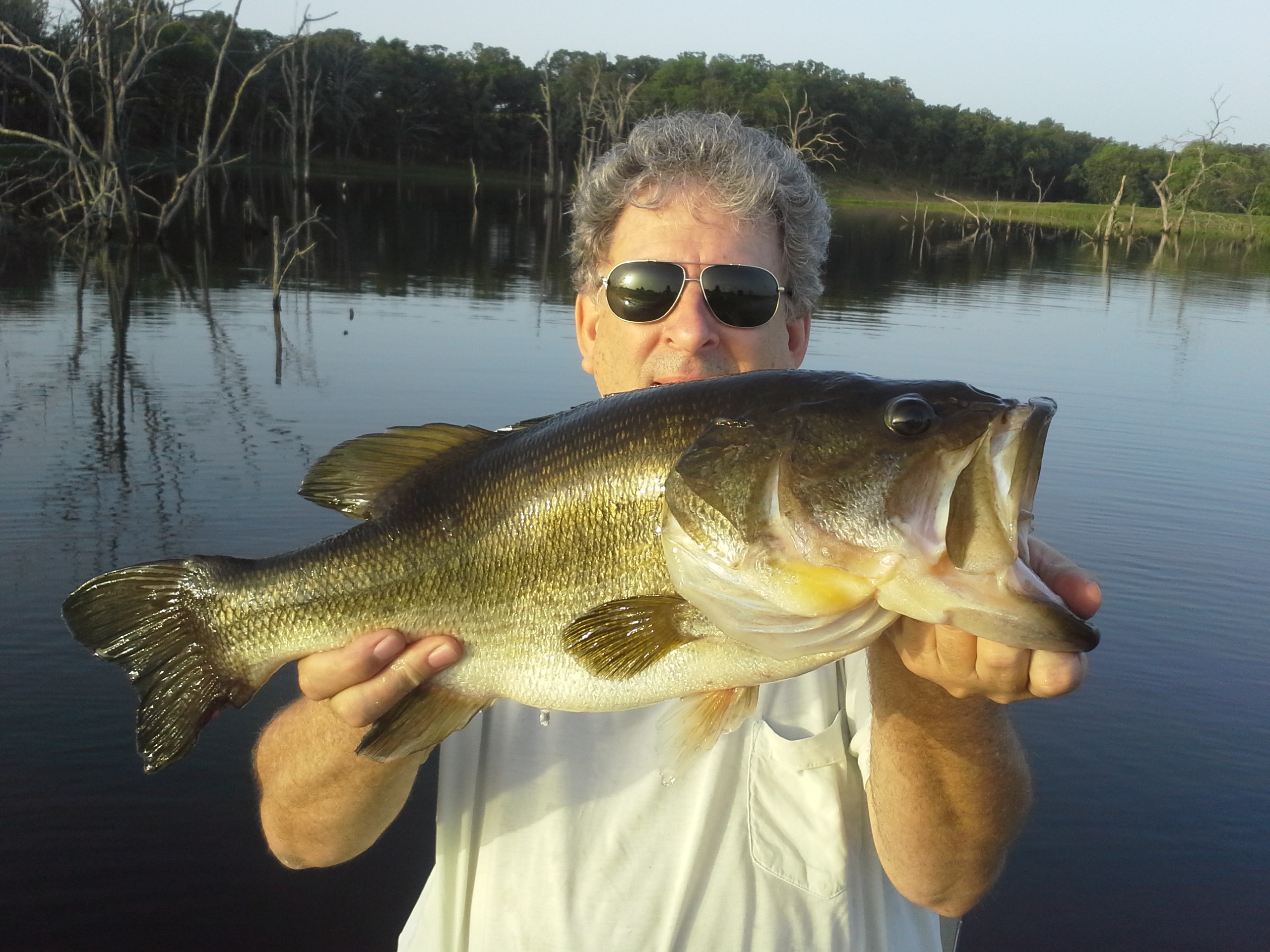Jul 29 2014
Robert Lundin
Keeper
I always thought it was Eurasian Milfoil. I guess I picked that up from aquarium stores when I was very young. So maybe the common name is coontail.
I thought Hydrilla had thicker appearance on its leaves and a brighter green in appearance.
Never took a course on aquatic plants but maybe I'll start to investigate and see if TPWD gives a course at the freshwater fishery in Athens.




Jul 28 2014
Phillip D. Chapin
Slot Fish
Member Since :
2005
Number of Posts :
227
steve i replied on kellys post about club lakes with hydrilla .. i dont want to be missleading when i said Leonard Clymer is full of hydrilla, so i want to ask you.. would you say lakes like Leonard or Leesburg or even Cody Ranch lakes have hydrilla, or coontail in them .. i usually call most of it hydrilla,, but i may be miscalling it.. and if so , what is the major distinction?